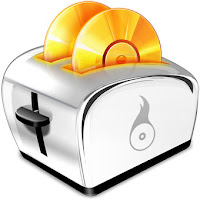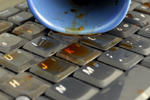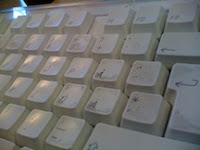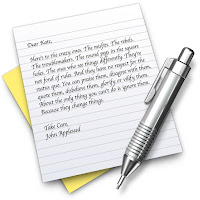Q: I returned from a trip with lots of photos I’d like to share in slideshow form. But I really don’t want to spend time fooling around creating a slideshow. What’s the quickest way to create a slideshow without a lot of editing or a learning curve?
A: If you have the time, iPhoto is the best choice. It does require a small learning curve, but its results are most impressive. If you would like to learn how, go here:
http://www.apple.com/support/ilife/tutorials/iphoto/ip4-1.html
However it sounds to me like you want a quick drag and drop, quickie method.
You’re best bet is the application Roxio’s Toast. Toast has been the preferred CD/DVD app for many years. It has a little known feature called “Photo Disc”.
First, make a new folder with all the pics you want in your slideshow. Make sure the pics are NOT nested in other folders. Review all the pics and confirm they are the correct orientation, that is, rotated right side up. (Use Apple’s Preview application to correct the orientation.)
Open Toast 9 or later.
To make a Photo disc:
1. At the left side of the Toast window, click Data and choose Photo Disc.
2. Choose optional disc settings.
3. Add pictures to the disc by dragging and dropping them into the Content Area from your hard disk or the Photos section of the Media Browser.
4. Insert a blank, recordable CD, DVD or Blu-ray disc.
Note: The Media Browser provides immediate access to photos in your iPhoto and Aperture libraries.
5. Click the red Record button, choose a recorder from the list, and configure recording options, such as Number of Copies.
5. Click Record to continue.
Toast displays a progress bar and status information as it records your disc.
To play back your images as a slideshow (using Mac OS X v10.4 or higher):
1. Insert your Photo disc into a Macintosh computer.
The disc folder opens.
2. Double-click the Slideshow icon to begin the slideshow.
Always Back Up and have your Mac maintained,
Steve










